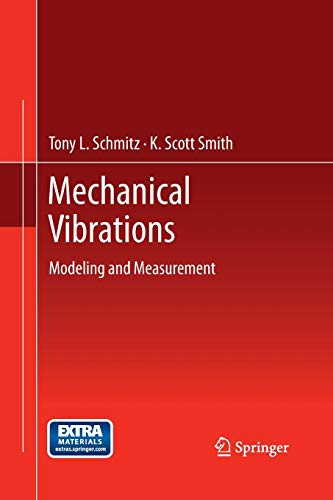The complex exponential function, (x=e^{i omega t}), can be used to describe harmonic motion (the function can
Question:
The complex exponential function, \(x=e^{i \omega t}\), can be used to describe harmonic motion (the function can be defined in MATLAB \({ }^{\circledR}\) using \(\mathrm{x}=\exp\) \(\left(1 i *\right.\) omega \(\left.\left.{ }^{*} t\right) ;\right)\). Complete the following to explore this function.
(a) Plot the real part of the function for \(\omega=\pi \mathrm{rad} / \mathrm{s}\) over a time interval of \(t=0\) to \(10 \mathrm{~s}\) using time steps of \(0.05 \mathrm{~s}\). Use the command plot ( \(t\), real (x)) to complete this task.
(b) Plot the imaginary part of the function. Use the command plot ( \(t\), imag (x)).
(c) Describe your results from parts (a) and (b) in terms of sine and cosine functions.
(d) Sketch the Argand diagram for \(x\) at \(t=0.25 \mathrm{~s}\) and show its projections on the real and imaginary axes. What is the numerical value of these projections? How do these results relate to parts (a) and (b)?
Step by Step Answer:

Mechanical Vibrations Modeling And Measurement
ISBN: 119669
1st Edition
Authors: Tony L. Schmitz , K. Scott Smith




